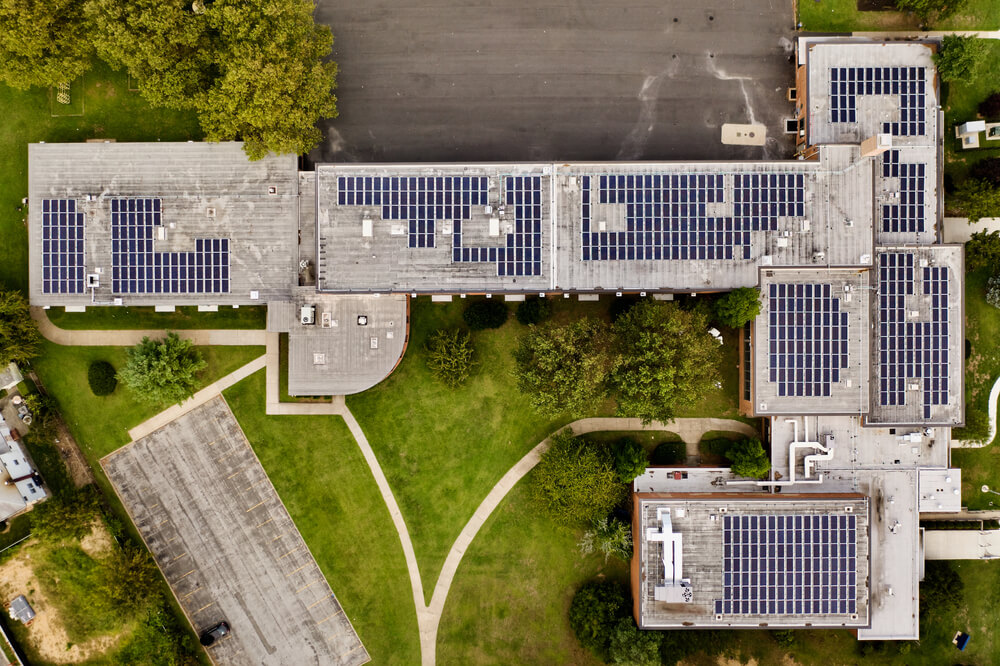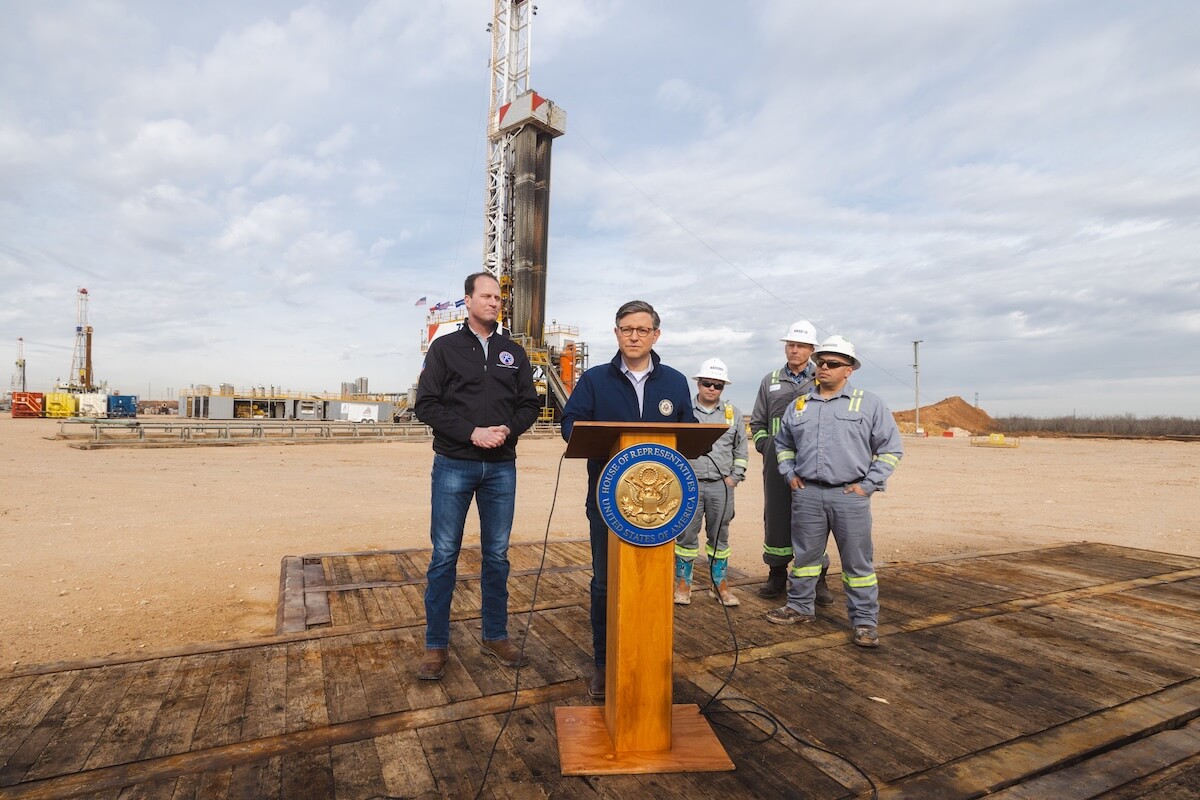ImpactAlpha, Jan. 16 – It’s a climate conundrum.
In recent years, Americans have been moving in droves to low-tax states like Florida, Texas and Arizona. Yet those places are among the most vulnerable to extreme heat, droughts, storms and flooding, putting more people in the path of climate-driven disasters. The population magnets can issue tax-exempt bonds to help support their growing populations due to stellar credit ratings and a positive revenue outlook – and because climate risk is not factored in.
That could change as private insurers pull out of risky locations and budget constraints and politics cloud the role of the federal government as a backstop to the increasing number of disasters and a “credit stabilizer.” In addition, the anticipated revenues that municipalities rely on to pay back bonds could be jeopardized by a changing climate.
“Climate change risks and preparedness may become the pension issue for the 2020s,” Tom Doe of Concord, Massachusetts-based Municipal Market Analytics,, said in testimony before a Senate Budget Committee hearing last week on safeguarding municipal bonds from climate risk.
Climate-related disasters, unlike pension restructurings, “have the potential to cause a sustained, non-reversible, erosion of the tax base, or devastate it immediately,” notes Doe.
Last year, there were a record 28 weather-related disasters costing $1 billion or more. The six busiest years for billion-dollar disasters have occurred within the past dozen years. The increasing frequency and severity of these events has ballooned the US Federal Emergency Management Agency, or FEMA’s, average annual outlays to more than $10 billion, up from $4 billion (adjusted for inflation) in the 1990s.

FEMA has struggled to keep up. Its funds dwindled to less than $3 billion last summer ahead of a threatened government shutdown. The Biden administration has asked for more money to support disaster recovery efforts, even as another showdown over the federal budget looms.
“Historically, municipal bonds have a sterling reputation among investors, with default rates of less than one percent,” said Sen. Sheldon Whitehouse, a Democrat from Rhode Island who chairs the Budget Committee.
“Climate change undermines this stability in two ways,” he added. “More intense storms, wildfires, droughts, heatwaves, and floods impose higher costs on state and local governments, putting pressure on the spending side. And on the revenue side, storm damage and insurance risk can undermine the municipal tax base.”
Mispriced risk
It’s been easy for municipal bond issuers and investors to ignore the risks posed by climate change because the federal government so often steps in after weather-related catastrophes. Another factor: the mismatch between the short-term outlook of credit rating agencies and the often decade-plus terms of municipal bonds.
Doe argues that state and local governments can and should start to take the costs of adapting to a changing climate away from Washington. Congress should understand that “the adaptation responsibility is coming to state and local governments, that there’s capacity to take on debt, and that the capital markets are the best source of financing,” he told ImpactAlpha.
Doe and MMA, which analyzes the $4 trillion muni market, have long been outspoken about the dangers posed by climate change to a market that prizes stability and preservation of the status quo rather than taking risks — or even acknowledging that any exist.
When the Phoenix airport issued bonds in May 2023, its offering statement included an unusual disclaimer. “The Airport’s ability to generate Airport Revenues is at risk from climate change impacts and other force majeure events, such as extreme weather events, wildfires, and other natural occurrences,” the document said. “Furthermore, the long-term effects of climate change, combined with the increasing passenger awareness of the climate change impacts of aviation, could reduce demand for travel globally or locally.”
That unexpected disclosure prompted MMA to scrutinize documents from other Phoenix-area issuers to see if they included such warnings. Of approximately two dozen offering statements in the first nine months of 2023, only one other included such a disclosure, even though all the issuers are located in the same geography, and employ most of the same advisors for their bond deals.
That same summer, Phoenix shattered a previous record to clock 54 days at 110 degrees or greater. Facing worsening droughts, the area’s leader’s last year said they would curtail some new development due to depleted water supplies, underscoring the fragility of future revenues in the wake of a climate disaster.
In Paradise, Calif., which was ravaged by wildfires in 2018, the population stands at just a third of its pre-disaster size. A local development agency has struggled to make payments from a 2008 municipal bond issuance.
In the five years after a wildfire, a municipality typically experiences a decline in excess revenues of $97 per capita, testified another expert, Chris Hartshorn, the founder of two climate risk data firms. That’s equivalent to 10.7% of the per capita budget size, and increases the likelihood of a budget deficit by 25%.
Investor responsibility
It’s not just the issuers who have their heads in the sand. Muni investors largely fail to demand better governance from the entities issuing the bonds they buy.
“Everyone loves the tax exemption,” Doe told ImpactAlpha. “They just don’t worry about the risk, and they give a wide berth to state and local governments regarding disclosure.”
The tax exempt status of municipal bonds is what makes them so attractive to affluent investors seeking to preserve their capital rather than take risks to make higher returns. It’s also what makes investors loath to demand muni market reforms, many insiders believe.
While state and local issuers may think that acknowledging climate risks puts them in danger of having to pay higher interest rates in the market, the 2023 Phoenix airport bonds showed zero such penalty from investors, MMA data show. If anything, they have performed fractionally better than a benchmark index of similar bonds.
And as Doe pointed out in his testimony, the American aversion toward paying taxes takes on additional significance in a changing climate.
“The pandemic reiterated that, in the US, the avoidance of taxes is a motivational force for investors,” he wrote. “Over the past three years, states with population increases have an average state income tax of ~3%, while those who have lost population have a tax rate of ~7%.
As better data and tools become available to assess climate risk, MMA expects to see negative rating actions and, eventually, spread widening, especially in areas most vulnerable to water, wind, and fire-related events.
“Rating agencies need to communicate the climate risk better and make it more prominent,” said Doe. They’re taking small steps toward that, he added, but “what’s going to push it is the insurance crisis coming down the pike.”
Doe’s congressional testimony was received with some skepticism by several Republican senators who believe any new bond issuance is anathema to the goal of reducing the overall national debt and deficit. But he says shifting the costs of climate mitigation to the states and locals is critical for Washington, which is now responding to disasters on an ad hoc basis through FEMA.
In the meantime, the lack of accountability for climate risks provides an opportunity for state and local governments to invest in adaptation measures and climate-proof their infrastructure.
“An absence of a penalty provides a current opportunity for issuers to invest now before a greater investor sensitivity evolves,” says Doe.











